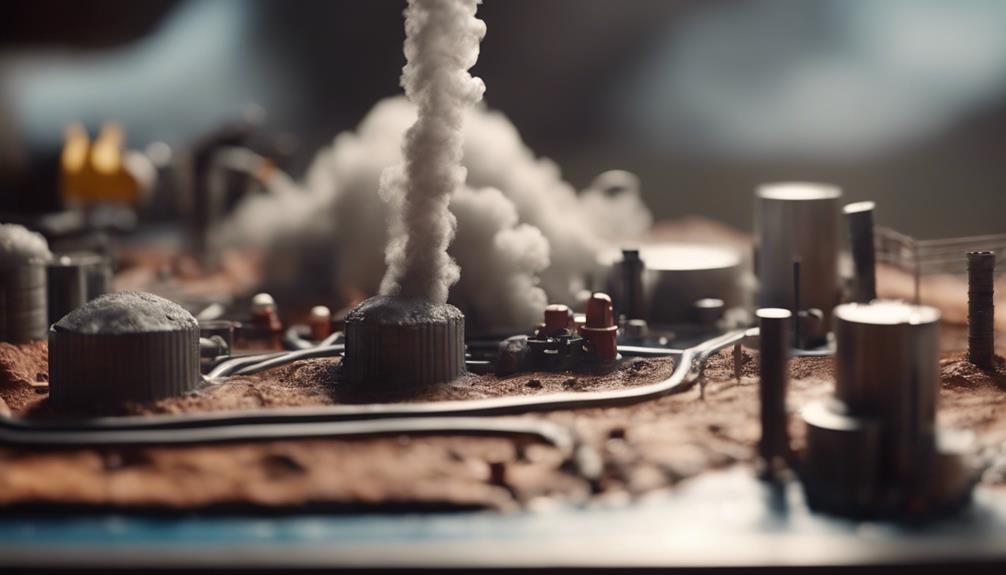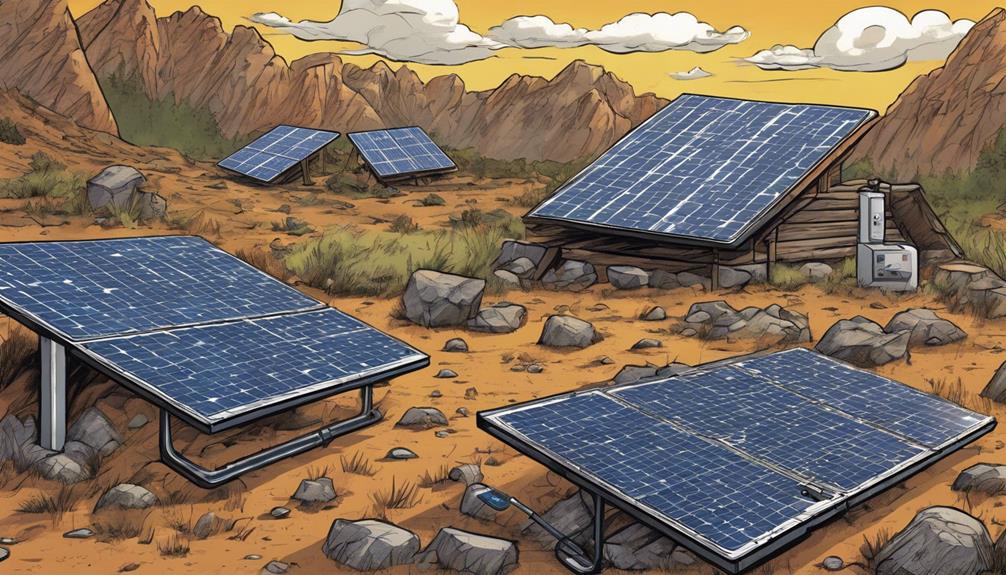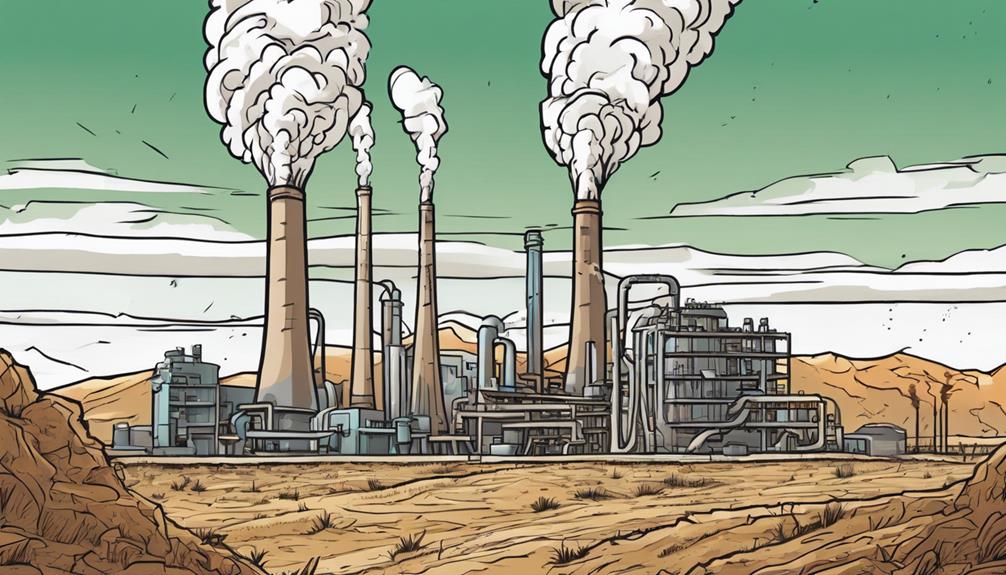To make a 3D model of geothermal energy, start by analyzing rock properties and temperature gradients. Use geophysical surveys like seismic data for detailed insights. Visualize the geothermal reservoir in 3D to pinpoint best drilling spots and streamline plant design. Make the most of tools like Coviz 4D for data integration and precise modeling. Consider seismic monitoring for real-time updates on subsurface dynamics. Enhance tool performance using additive manufacturing and computer-aided design. Learn more about high-resolution 3D modeling in geothermal energy to enhance resource assessment and decision-making.
Key Takeaways
- Incorporate subsurface data like rock properties and temperature gradients.
- Utilize geophysical surveys for accurate modeling.
- Integrate well logs to understand rock types and fluid flow.
- Employ 3D visualization software for detailed geological modeling.
- Optimize drilling locations and forecast reservoir performance.
Subsurface Characterization for Geothermal Modeling
To model geothermal reservoirs accurately, you need to analyze rock properties, temperature gradients, and fluid flow through subsurface characterization.
Geothermal exploration relies heavily on understanding the subsurface characteristics to identify potential reservoirs for sustainable energy production.
Geophysical surveys such as seismic, gravity, and magnetic data play an essential role in identifying subsurface structures and lithology essential for geothermal modeling.
Well logs provide valuable insights into rock types, porosity, permeability, and temperature gradients, all crucial components for characterizing geothermal reservoirs.
Advantages of 3D Visualization in Geothermal Exploration
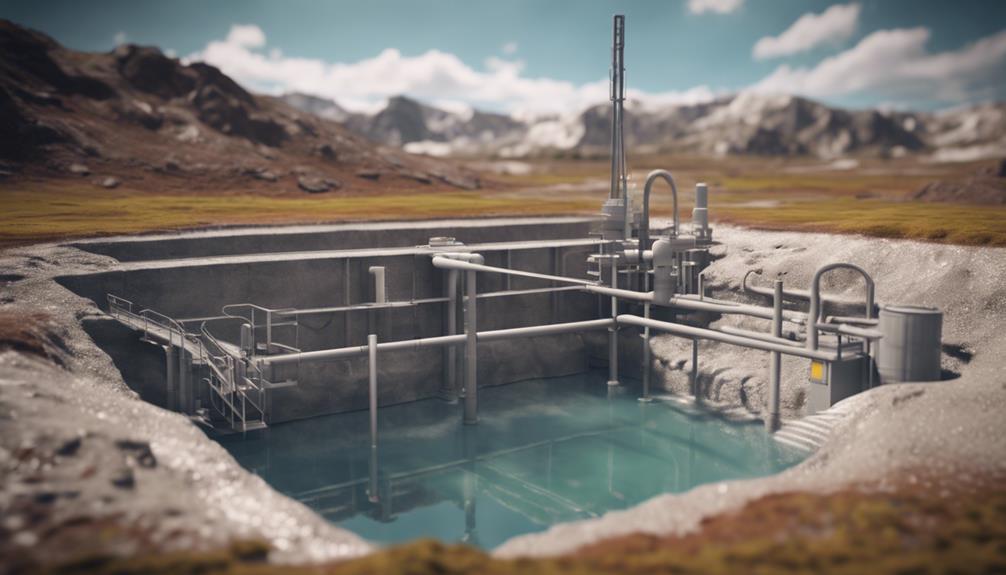
Geothermal exploration benefits greatly from employing 3D visualization techniques, offering valuable insights into ideal well placement and reservoir performance forecasting.
When utilizing 3D visualization in geothermal exploration, you can:
- Determine Best Well Locations: By leveraging geospatial data and isothermal information, 3D visualization aids in identifying the most suitable locations for wells, ultimately enhancing thermal performance within the geothermal model.
- Streamline Plant Design: Correlations between various geospatial data sets can be easily identified through 3D visualization, helping streamline plant design and operation for efficient geothermal energy production.
- Forecast Reservoir Performance: Through the use of isothermal and flow data, accurate forecasting of reservoir performance becomes possible, enabling better decision-making regarding the development and management of geothermal projects.
Utilizing Coviz 4D for Geothermal Data Visualization
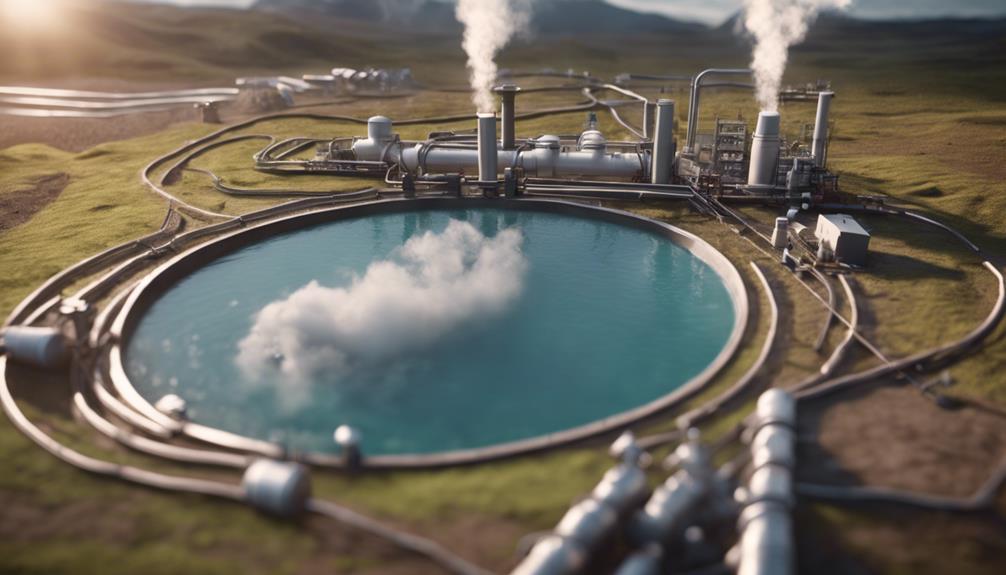
Effectively visualize large geothermal data volumes with the powerful tool Coviz 4D, integrating complex data for thorough analysis across various geoscientific disciplines. Coviz 4D allows for the integration of pre-existing geophysical data to identify additional geothermal potential, aiding in the development of detailed 3D geological models essential for informed decision-making in geothermal energy exploration.
By utilizing Coviz 4D, users can predict reservoir behavior and optimize drilling locations effectively, enhancing the efficiency and accuracy of geothermal projects. This tool serves as an all-encompassing solution for geoscientists and researchers working on geothermal models, offering a platform to merge diverse datasets and generate insightful visual representations.
With Coviz 4D, geothermal data visualization becomes not only accessible but also insightful, enabling a deeper understanding of subsurface dynamics and facilitating strategic decision-making for successful geothermal energy extraction.
Seismic Monitoring for Geothermal Reservoirs
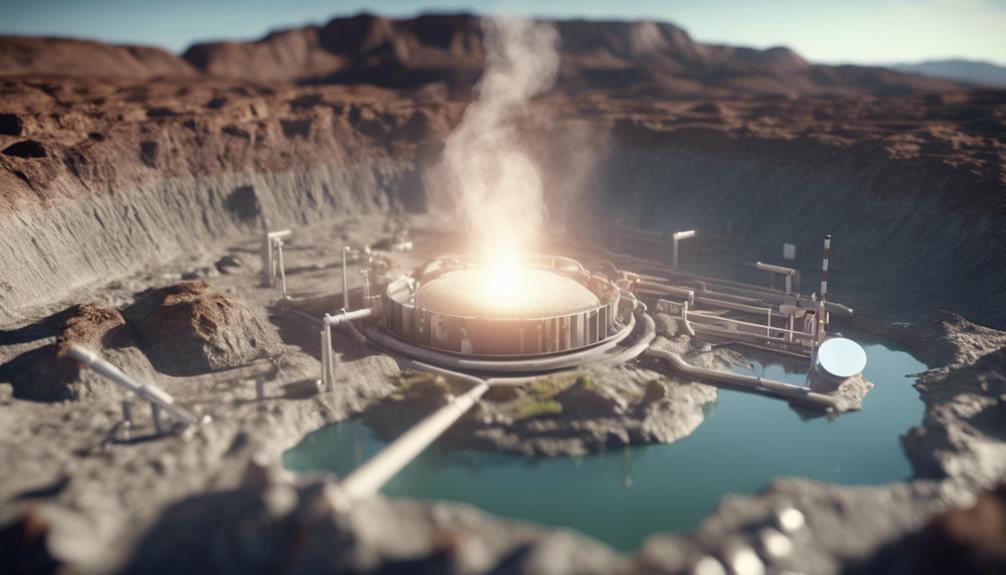
Seismic monitoring plays an essential role in understanding geothermal reservoirs. It allows for the analysis of reservoir attributes and dynamic complexities.
Seismic Data Importance
Monitoring seismic activity is a critical aspect of understanding geothermal reservoir characteristics. Seismic data provides valuable insights into the subsurface structures, faults, and fractures that influence the movement of geothermal fluids.
Here are three key reasons why seismic monitoring is essential for geothermal energy:
- Identifying Best Drilling Locations: Seismic data helps geoscientists pinpoint the most suitable locations for drilling geothermal wells by mapping out the subsurface features that indicate potential reservoirs.
- Understanding Reservoir Behavior: By monitoring seismic activity, researchers can gain a better understanding of how the geothermal reservoir behaves over time, allowing for more informed decisions regarding reservoir management.
- Real-time Monitoring and Risk Assessment: Utilizing seismic data enables real-time monitoring of geothermal operations, helping to identify any potential risks such as seismic events or pressure changes in the reservoir that could impact operations.
Reservoir Attribute Analysis
Analyzing reservoir attributes through seismic monitoring is essential for gaining insights into the subsurface properties of geothermal reservoirs. Seismic surveys play a pivotal role in developing a detailed conceptual model of the reservoir by examining rock properties, fluid distribution, and structural features like faults and fractures.
By integrating geological and petrophysical data obtained from seismic monitoring, geoscientists can better understand the dynamics and behavior of the reservoir.
Furthermore, continuous seismic monitoring allows for the real-time tracking of changes in reservoir properties, enabling the optimization of reservoir management strategies for enhanced geothermal project performance.
Identifying reservoir boundaries and potential drilling locations through seismic surveys is vital for successful project planning and execution. The integration of seismic data with other geoscientific techniques enhances reservoir characterization, leading to improved outcomes in geothermal energy exploration and production.
Dynamic Reservoir Complexities
To unravel the intricate dynamics of geothermal reservoirs, delving into the complexities of fluid movement and subsurface structures through advanced seismic techniques is essential. Seismic monitoring plays a pivotal role in understanding the geothermal potential of a reservoir by providing critical insights into its behavior.
Here are three key aspects of seismic monitoring for geothermal reservoirs:
- Imaging Subsurface Structures: Seismic monitoring involves analyzing seismic waves to create detailed images of the subsurface, allowing for the identification of reservoir boundaries, faults, and fractures that influence geothermal operations.
- Monitoring Fluid Movement: By tracking seismic data over time, changes in fluid movement within the reservoir can be observed, enabling real-time adjustments in drilling and reservoir management strategies to optimize geothermal energy production.
- Optimizing Geothermal Potential: Seismic surveys offer valuable information that helps in maximizing the geothermal potential of a reservoir by understanding its dynamic complexities and making informed decisions for efficient energy extraction.
Enhancing Tool Performance With Additive Manufacturing
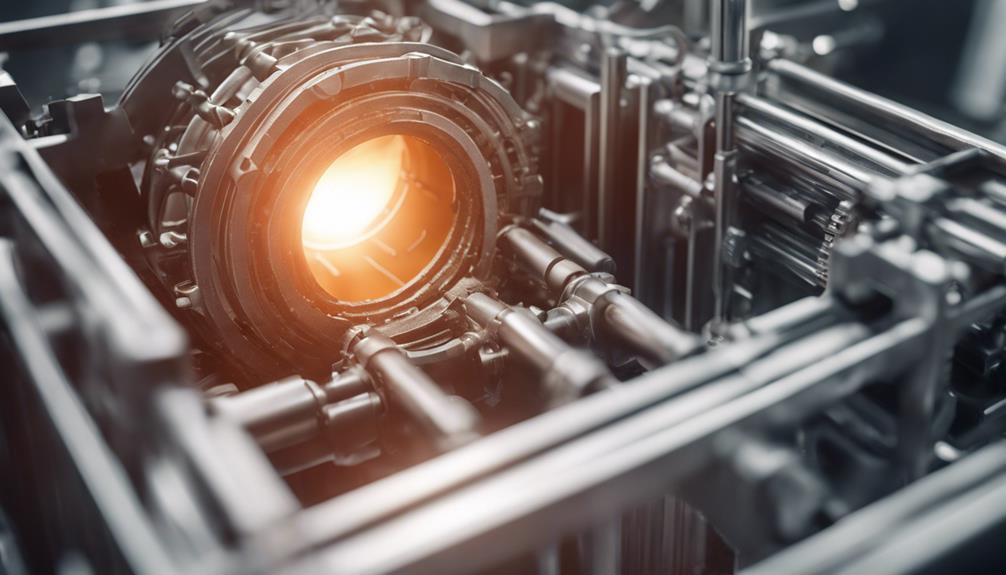
Enhancing tool performance through additive manufacturing techniques greatly boosts the efficiency and effectiveness of geothermal operations. By utilizing additive manufacturing, geothermal tools can be customized to meet specific needs, resulting in improved performance characteristics. This not only reduces production costs but also allows for the creation of specialized tools suitable for harsh subsurface environments commonly found in geothermal projects. The overall system performance of geothermal projects is enhanced through the application of additive manufacturing, which lowers conventional fabrication costs and increases operational efficiency.
| Benefits of Additive Manufacturing for Geothermal Tools | |
|---|---|
| Customization for improved performance | Reduction in production costs |
| Design of specialized tools for harsh environments | Enhanced overall system performance |
Role of Computer-Aided Design in Geothermal Tools
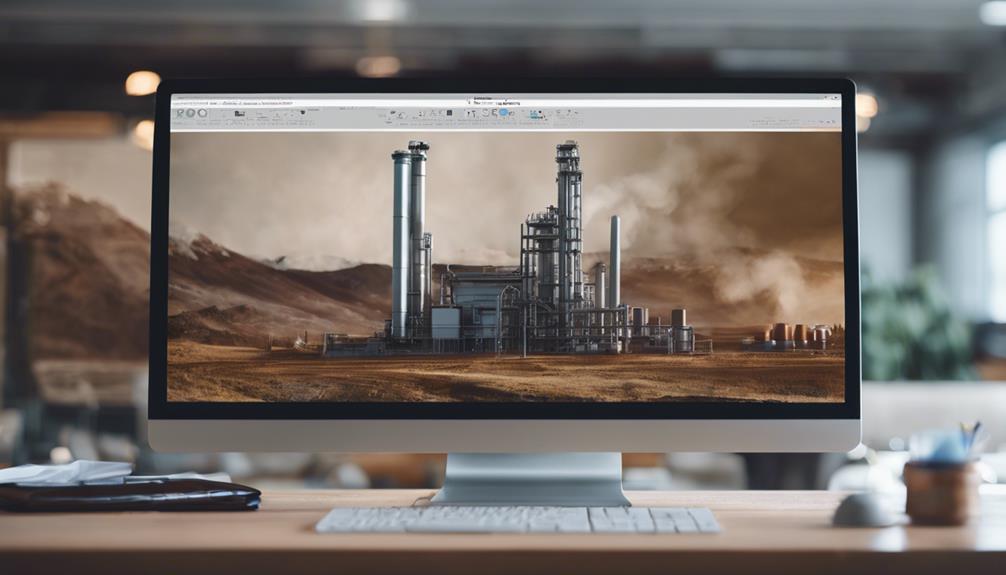
Computer-Aided Design (CAD) revolutionizes the optimization of geothermal tool design, ensuring efficient performance in geothermal operations. CAD software empowers the creation of intricate and precise 3D models of geothermal equipment, enhancing the overall design process.
Here are three key ways CAD plays a critical role in advancing geothermal tools:
- Customization: CAD allows for the customization and adaptation of tools to meet specific geothermal project requirements, ensuring a tailored approach to tool design.
- Streamlined Production: Geothermal tool manufacturers leverage CAD to streamline the production process, increasing efficiency and reducing lead times for tool manufacturing.
- Advanced Features Integration: CAD facilitates the integration of advanced features and materials into geothermal tools, enhancing their functionality and performance in geothermal applications.
Oak Ridge National Lab's Contributions to Geothermal Energy
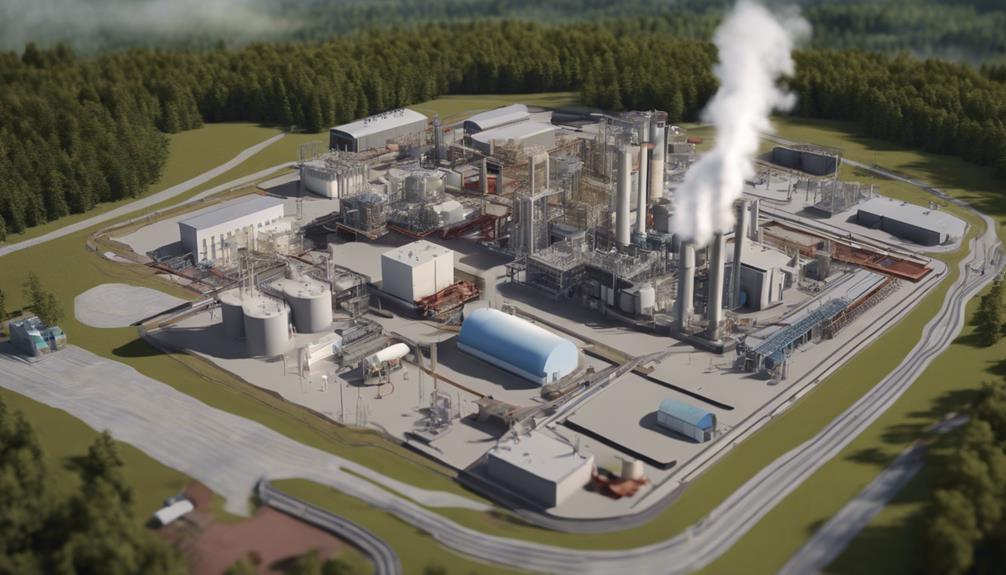
ORNL's research in additive manufacturing is essential to advancing geothermal technologies. Their work focuses on developing high-strength alloys for 3D printing, providing cost-saving opportunities, and enhancing system efficiency in the geothermal sector.
ORNL's AM Research
Conducting research on additive manufacturing for the geothermal industry, Oak Ridge National Laboratory (ORNL) is at the forefront of developing high-strength alloys specifically tailored for 3D printing geothermal tools and components. This groundbreaking work by ORNL contributes significantly to the advancement of geothermal energy technologies.
Here are three key aspects of ORNL's additive manufacturing research in the geothermal sector:
- High-Strength Alloys: ORNL focuses on creating alloys with exceptional durability and heat resistance, vital for withstanding the harsh conditions present in geothermal environments.
- Cost-Saving Analysis: The lab conducts techno-economic analysis to pinpoint opportunities for cost reductions in additive manufacturing processes for geothermal applications, ensuring economic feasibility.
- Future Roadmap: ORNL offers a strategic roadmap for further research and development in additive manufacturing technologies tailored for geothermal energy production, aiming to enhance system performance and tool design while reducing overall costs.
Advancing Geothermal Technologies
ORNL plays a pivotal role in advancing geothermal technologies through their groundbreaking work on additive manufacturing and high-strength alloys tailored for 3D printing in the geothermal industry. By focusing on developing models for geothermal tools and systems, Oak Ridge National Laboratory (ORNL) contributes significantly to enhancing the efficiency and effectiveness of geothermal energy production.
Their studies on additive manufacturing techniques specifically designed for geothermal applications have paved the way for the creation of cost-effective and high-performance tools.
Moreover, ORNL's development of high-strength alloys customized for 3D printing in the geothermal sector exemplifies their commitment to pushing the boundaries of technology to improve geothermal energy processes. Through techno-economic analyses, ORNL identifies opportunities for reducing costs and optimizing geothermal energy production.
Future of Additive Manufacturing in Geothermal Industry
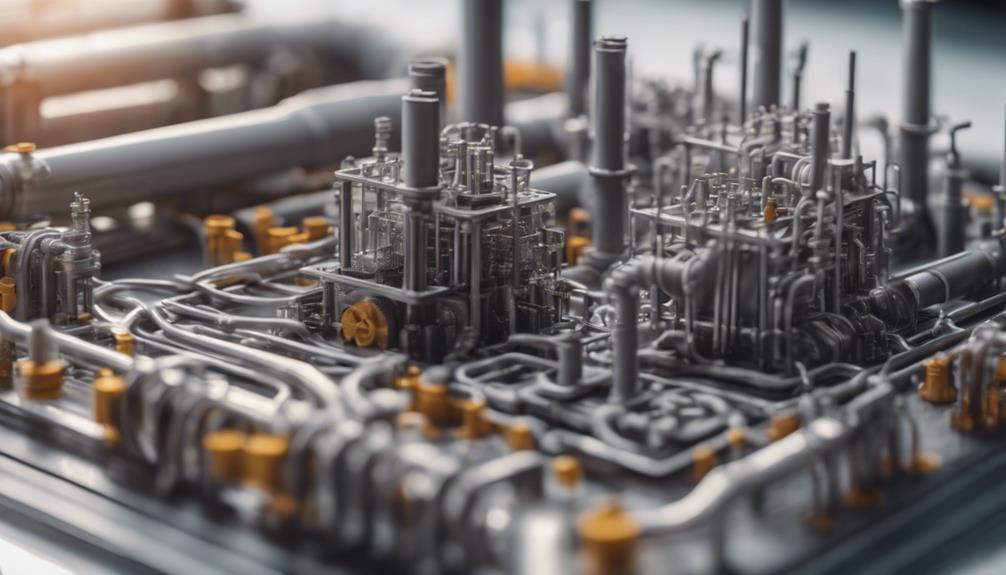
Advancing additive manufacturing techniques hold significant promise for revolutionizing the geothermal industry by enhancing tool performance and reducing production costs. With specialized tools designed and produced using additive manufacturing, the geothermal sector can benefit from increased efficiency and cost-effectiveness.
Here's why additive manufacturing is shaping the future of the geothermal industry:
- Customized Solutions: Additive manufacturing enables the creation of custom parts tailored to the specific needs of geothermal applications, enhancing overall system performance.
- Cost Reduction: By lowering conventional fabrication costs, additive manufacturing offers a more economical solution for producing tools and components used in geothermal energy extraction.
- Innovation and Optimization: Through computer-aided design, additive manufacturing optimizes tool performance, leading to improved operational efficiency and reliability in geothermal operations.
As additive manufacturing technologies continue to evolve, facilitated by institutions like the Oak Ridge National Laboratory, the geothermal industry stands to benefit from enhanced capabilities and cost savings.
High-Resolution 3D Modeling for Geothermal Energy
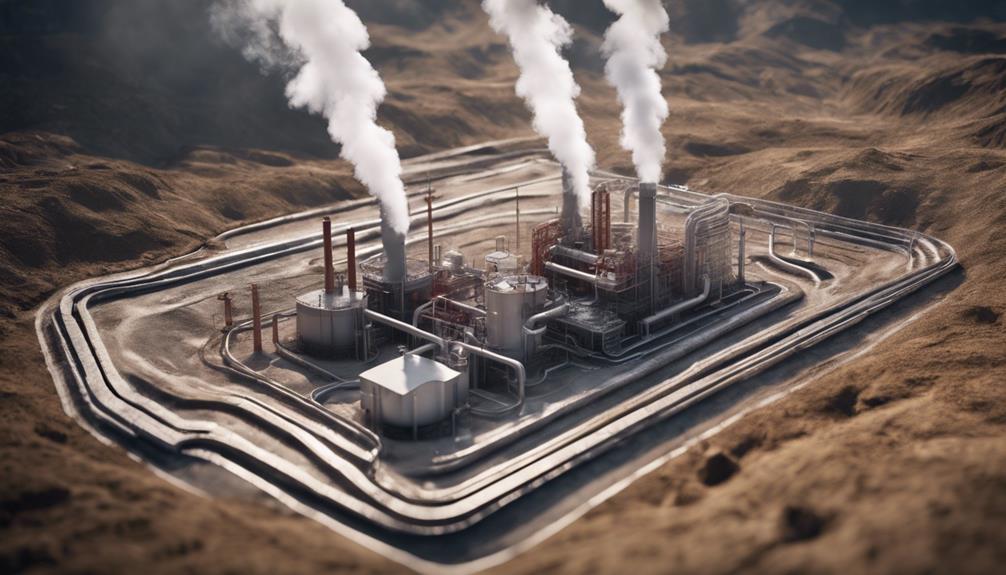
Additive manufacturing has paved the way for significant advancements in the geothermal industry. High-definition 3D modeling plays an important role in accurately visualizing subsurface structures and optimizing resource assessment.
In the field of renewable energy, high-definition 3D modeling proves vital in resolving intricate subsurface structures and fractures. This aids in the understanding of subsurface fluid circulation for best resource assessment.
These detailed 3D models also assist in decision-making processes related to drilling locations and well engineering. Ultimately, they contribute to cost estimation inputs for heat network development.
Systematic data management and integration are crucial for building precise geological models in geothermal exploration. By leveraging high-definition 3D modeling techniques, the geothermal industry can enhance its efficiency and sustainability. This leads to significant strides towards a more reliable and effective renewable energy source.
Frequently Asked Questions
How Do You Make Geothermal Energy?
To make geothermal energy, you harness heat from the Earth's core to generate power. This involves utilizing hot water or steam from underground reservoirs to drive turbines and produce electricity. Geothermal energy is sustainable and renewable.
What Is Geothermal Energy Modelling?
You create detailed 3D representations of underground structures and reservoirs to visualize geothermal potential and fluid flow patterns. This aids in pinpointing best drilling spots and designing efficient well systems for project development.
What Are the 3 Major Elements in a Geothermal Power Plant System?
In a geothermal power plant system, you have the production well, power plant, and reinjection well. The production well extracts hot water or steam, the power plant converts it to electricity, and the reinjection well maintains reservoir pressure.
What Are the 5 Steps of Geothermal Energy?
Identify a fitting site with access to heat sources underground. Conduct surveys to understand subsurface structures. Collect data on temperature gradients, rock formations, and fluid movement. Use software to create a 3D model. Analyze for ideal drilling locations.
Can You Use a 3D Model to Demonstrate the Benefits of Geothermal Energy in Rimworld?
Utilizing a 3D model is an effective way of unlocking geothermal power‘s benefits in Rimworld. By creating a visual representation, players can grasp the mechanics and advantages of geothermal energy, such as its sustainability and efficiency. This can enhance gameplay and encourage the utilization of this renewable energy source.
Conclusion
As you continue to explore the world of geothermal energy, remember the power of 3D modeling to bring depth and clarity to your understanding.
By leveraging advanced technologies like Coviz 4D and additive manufacturing, you can discover new possibilities and revolutionize the way we harness geothermal resources.
The future of geothermal energy is bright, and with high-resolution 3D modeling, you can pave the way for sustainable and efficient energy solutions.
